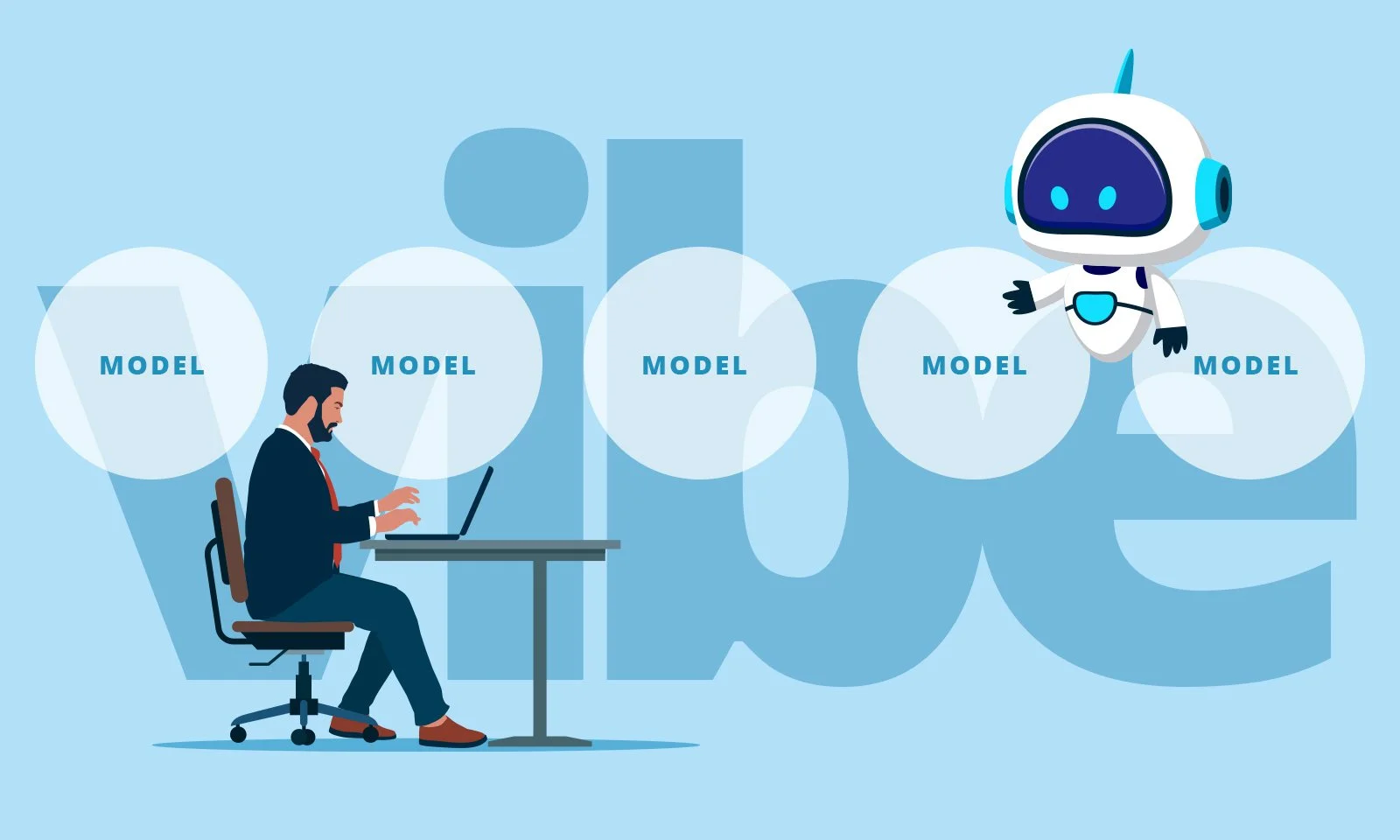A place that nobody is from, but anyone can go to
The Thinker (Le Penseur) by Auguste Rodin. Photo by: Douglas O'Brien. Title: Snøhetta is the highest mountain in the Dovrefjell range, and the highest mountain in Norway. “A place that nobody is from, but anyone can go to.”
By Gregory Ronczewski, Director of Product Design at Ibbaka. See his skill profile.
About three weeks ago, I wrote a post where I moved from Marcel Duchamp to Polestar's new electric car. There is a bit more to this story. So I decided to write a second post, and I begin with the Polestar production facility in Chengdu, Southwestern China. Designed by Snøhetta - "an integrated design practice of architecture, landscape, interiors, furniture, graphic and brand design," the factory looks like no other car plant. Polestar's motto is goodby normal, and the architecture fits right into the brand. Besides, you would not expect the factory of Car-of-the-Year in Norway and Germany to be limited by lack of creativity. The key here is the integration of many disciplines under one roof. As I read on Snøhetta's website, the team explores further the interdisciplinary possibilities offered by sharing skills and knowledge. For instance, "transpositioning" is the process in which different professionals exchange roles to observe the project from another perspective.
"Snohetta promotes a more democratic workplace atmosphere than most other architectural offices. This may merely reflect prevalent employment practices in Scandinavia, but Snohetta places a stronger emphasis on group participation in the design process than typical high-style firms." ~ Martin Filler
It sounds like a fantastic place to be. Combining traditional design methods with modern technology creates a melting pot capable of delivering incredible work - not just architecture. If you look at the list of projects listed on their website, it is stunning. What is then the combining aspect of their success? The exchange of knowledge, skills and points of view for sure has plenty of contribution. There is, however, in my opinion, another essential factor - creativity.
When we hear "creativity," it immediately brings to mind visual artists, musicians, and the likes. But Creativity is not limited to those professions. We are all incredibly creative. Producing original ideas makes us different from other species. Look at children. They are incredibly creative, but then they enter the school system... those original ideas, thinking outside the box, are gone. We hear way too often, "why did you paint the sky red? The sky is blue, remember, it's blue!" and so on. According to the World Economic Forum, Creativity will be one of the most sought skills the job market will look for through 2025. Problem solving, analytical thinking, active learning, and listening are the skills of the future. All of them require an open mind, the ability to de-construct a problem and construct again, looking at it from a different perspective. It is Design Thinking.
Let's stick for a while with the auto industry. When I was a kid, we stayed at a forest ranger's place one summer, deep in the woods. It was a beautiful spot, surrounded by lakes, with no electricity and mood-setting kerosine lamps in the evening. One day, one of my uncle's friends arrived to stay with us, and he gave me a ride in his car - a World War II German Schwimmwagen. I will never forget it, how could I? How often you ride in a car without doors, with an all-terrain gearbox, no roof, and not to mention a car that can swim? Perhaps that's why I was always drawn towards 4x4 machines. When I got my driving licence, we spent hours discussing all the options and features of our, back then, minimal choices. Frankly, the only option was a Russian Lada NIVA or ex-military, also Russian-made UAZ. We could only dream about Land Rover Defender and the mechanics which made it so capable off-road. That was was in the 80s.
From left: Schwimmwagen, photo by: Darkone / UAZ-469, photo by: Vitaly V. Kuzmin / RIVIAN R1T, photo by: Richard Truesdell
We now have a new Defender, which costs a small fortune, but apart from the new look, it is still based on the same concept - an engine that moves the power through series of very complicated gears to drive the wheels. What if there are four engines, no complicated gear mechanics, and on top of that, the car is fully electric? Take a look at RIVIAN - the first fully electric adventure vehicle. If you think differently and power each wheel with an individual engine, combined with an intelligent software to control traction, the the off-road capabilities are going to be very, very different. How about a tank-turn? It is still a car, but the concept is different.
Please, bear with me for one more story. My Grandfather had a house in the Tatra Mountains, and I spent many magical summers and winters in his beautiful, traditional log house. Once a week or so, we would take a bus to the town of Zakopane. The bus stop was a 30 minute walk on the winding, unpaved road. I remember waiting for the bus - will it be on time? Will it stop at all? When the bus was full, the driver would just zoom on down the road. But if it stopped and were able to board, the ride was fantastic. Once you purchase the tickets from the driver, there were sometimes seats available at the front. From this vantage position, I could observe what would not be possible now and was quite normal then. Apart from driving the bus on the narrow and curvy road, changing gears, and pulling on a massive engine braking lever that produced loud swishing sound, the driver enjoyed a card game with a few fellow passengers. I still hear laughter and comments in a very distinct highland accent which I loved. And, of course, let's not forget the bus. It was a blue Jelcz 043 nicknamed ″cucumber″ because of its shape,″ogórek″ in Polish. Very aerodynamic and forward-thinking, don't you think?
From left: Jelcz 043 with a passenger trailer. The production of this model ended in 1986. Photo by: Radomil / CELERA 500L, photo by: Otto Aviation
Yesterday, I saw a plane which reminded me "ogórek," the bus. It is another child of thinking outside the box. It is called CELERA 500L. It looks like a submarine, not a plane. According to its inventors - Otto Aviation Group - the fuel economy of this 6-seater plane is 18-25 mpg! It's what you would expect from a car, not a plane. Powered by a piston engine, it can fly faster than 700km/h, and its range is, according to the website, over 8,000 km. Incredible!
It is a result of looking at a problem or a concept from a different perspective. A plane is a plane, but do we need to add more engines to make it better? Or, if it uses less fuel, perhaps the wings can have a different shape. It is about deploying skills in an alternative configuration. With everything changing so much around us, with all the uncertainty and questions about what will happen post-Covid, we should resolve to lean on creativity and see the world through a different set of eyes, or I should say skills. Ibbaka Talent could be your first stop to skill management.









